In today’s fast-evolving tech landscape, businesses often face a familiar challenge: finding the right talent at the right time. Whether it’s scaling a development team for a new product launch, meeting project deadlines, or bridging skill gaps in emerging technologies, traditional hiring models often fall short. This is where IT staff augmentation comes into play.
Staff augmentation is a flexible outsourcing strategy that enables organizations to extend their in-house capabilities by hiring skilled professionals on demand. Instead of going through lengthy recruitment processes or long-term contracts, companies can quickly onboard experienced developers, engineers, designers, or project managers to fill specific roles for short- or long-term needs.
This approach not only accelerates project delivery but also ensures that businesses stay competitive by leveraging global talent pools and specialized expertise without inflating operational costs. In this blog, we’ll explore what IT staff augmentation is, the different engagement models, key benefits, and best practices to help organizations implement it effectively and maximize ROI.
What is IT Staff Augmentation?
At its core, IT team augmentation is a flexible outsourcing approach that supplements a company’s in-house development team with external professionals, typically through a service provider or vendor. These external resources become part of your team (in effect), but you maintain direct control over tasks, priorities, and outcomes.
In contrast to full outsourcing (where a third-party delivers an entire project independently) or hiring full-time employees, staff augmentation sits somewhere in between: you retain core control, while accessing external talent to scale up or plug gaps.
In practical terms, if you’re working on a major software initiative, for example, building a new web application, mobile app, or cloud migration, you may engage additional developers, QA engineers, UX specialists, or DevOps professionals for a defined period or until a milestone is reached.
Why IT Staff Augmentation Matters in 2026?
Be it offshore or nearshore IT staff augmentation, sometimes, the businesses don’t want to hire an in-house team, give the job to freelancers, or outsource the entire project. They need the assistance of experts on their team. In those matters, these options seem fit for them. But to make a better decision, let’s take a look at why it is relevant, in-depth.
Rapid pace of change in tech stacks
The technology landscape evolves quickly, whether it’s advanced frameworks, microservices, AI/ML, low-code platforms, or cloud-native architectures. You may need specialists for short-term needs without hiring permanently.
Talent scarcity
Skilled IT professionals are in high demand globally. Instead of waiting months to hire, staff augmentation can provide access to experienced talent more quickly.
Cost-effectiveness
While full-time hiring comes with long-term commitments (salary, benefits, onboarding), augmentation offers flexibility: engage when you need to, scale down when you don’t.
Hybrid and remote teams
Remote/hybrid working models are established. Staff augmentation accommodates distributed teams and often includes remote resources, reducing geographic constraints.
Business agility and time-to-market pressure
Many companies are under pressure to deliver digital initiatives faster. Augmenting your team allows you to accelerate delivery by supplementing capacity. From an IT staff augmentation company’s viewpoint, when we take on client projects, we suggest staff augmentation as a viable model alongside full outsourcing or managed services, as it offers the client more control while still providing the ability to scale quickly.
What are the Benefits of IT Staff Augmentation?
In a dynamic software development environment, business demands often shift faster than internal teams can adapt. IT staff augmentation bridges this gap by offering on-demand access to skilled professionals, allowing companies to scale quickly, fill talent gaps, and maintain momentum without the overhead of full-time hiring.
From the perspective of an IT staff augmentation consulting company and the clients we partner with, this approach delivers strategic, operational, and financial advantages that directly enhance project outcomes and organizational agility.
Ability to Scale Fast
You can bring in additional developers or other roles quickly without the full cycle of recruitment, background checks, onboarding, and benefits. This allows you to ramp up in line with project timelines.
Access to Specialized Talent
If you need a niche skill (e.g., Kubernetes, TensorFlow, blockchain middleware, IoT edge computing) you can access professionals who already possess that skill, instead of training someone internally over months.
Cost Efficiency
While IT staff augmentation agencies still have an hourly/daily cost, you avoid long-term fixed costs associated with hiring: salaries, benefits, permanent overhead, and exit costs. You pay only for what you need.
Flexibility in Engagement
You can pick the duration, role, and mix of skills. When the need ends, you scale down the augmented team without layoffs or internal HR issues.
Maintained Control
Unlike full outsourcing, you retain management of the augmented staff, so you can enforce your standards, workflows, coding conventions, QA processes, and have direct oversight.
Knowledge Transfer & Internal Growth
Augmented staff working alongside your team allows for knowledge transfer: internal team members learn new skills from them. This becomes a hybrid staffing and learning model.
Reduced Time to Market
With added capacity and specialist skills, you can accelerate delivery schedules, hit milestones faster, which is critical given competitive digital markets.
IT Staff Augmentation Challenges and How to Overcome Them
While IT staff augmentation brings agility and scalability to your tech operations, it also comes with its own set of challenges. Understanding these obstacles and planning solutions in advance can help businesses get the most out of their augmented teams.
Integration with In-House Teams
One of the biggest hurdles in staff augmentation is integrating external talent with existing in-house teams. Differences in workflows, tools, or communication practices can lead to misalignment and productivity dips.
Solution:
With an IT staff augmentation service provider, establish a clear onboarding process that familiarizes augmented staff with internal systems, communication tools, and project objectives. Conduct regular stand-ups and sync meetings to ensure seamless collaboration and maintain project transparency.
Data Security and Compliance Risks
When third-party professionals access internal systems, the risk of data leaks or non-compliance increases, especially in regulated industries like healthcare, banking, or insurance.
Solution:
Get IT staff augmentation services and use secure access protocols and role-based permissions. Ensure that every resource signs strict NDAs and follows compliance frameworks such as GDPR, HIPAA, or ISO 27001. Regular security audits further safeguard sensitive data.
Cultural and Time Zone Differences
Augmented teams often operate from different geographical locations, leading to communication gaps, delays, and cultural mismatches.
Solution:
Hire an IT staff augmentation agency that adopts asynchronous communication tools like Slack or Jira and schedule overlapping work hours for real-time collaboration. Cultural alignment sessions or informal virtual meetings can also build rapport and improve team cohesion.
Quality Control and Accountability
Maintaining consistent quality standards can be difficult when working with external engineers or developers unfamiliar with your company’s coding standards or review processes.
Solution:
Implement a unified QA framework and code review process. Assign internal project leads or technical architects to monitor deliverables, ensuring augmented talent aligns with your quality benchmarks.
Resource Retention and Continuity
Short-term contracts can result in high turnover or gaps in project continuity if augmented resources leave mid-project.
Solution:
Partner with a reliable IT staff augmentation firm that offers replacement guarantees and maintains a strong talent pipeline. Knowledge transfer sessions and detailed documentation help preserve project continuity even during transitions.
Unclear Project Scope or Role Definition
When project goals or resource roles aren’t clearly defined, augmented professionals may underperform or duplicate efforts with the internal team.
Solution:
Clearly outline project objectives, deliverables, and KPIs before onboarding. Use project management tools to define roles, responsibilities, and progress milestones to keep everyone aligned. When managed strategically, these challenges can turn into opportunities, unlocking the full potential of IT staff augmentation to enhance flexibility, technical depth, and speed of execution.
Engagement Model for IT Staff Augmentation Services
There are several variations on the theme. Choosing the right model depends on your goals, budget, control preferences, and the duration that you can analyze and finalize.
The table below can assist you with the right option that will fit your needs while getting affordable IT staff augmentation services.
| Model | Overview | Pros | Cons |
| Short-Term / Project-Based | Hire experts for specific project phases or short durations. | Quick ramp-up, cost control. | Onboarding effort, limited knowledge retention. |
| Long-Term / Embedded | External professionals work with your team for 6–12+ months. | Better continuity, deeper integration. | Higher commitment, partial loyalty. |
| Long-Term / Embedded | Add multiple professionals temporarily to manage workload spikes. | Flexible scaling, fast response. | Needs strong coordination. |
| Offshore IT Staff Augmentation | Engage remote teams in cost-effective regions. | Cost savings, global expertise. | Time zone, communication challenges. |
| Hybrid | Mix of internal, augmented, and vendor-managed teams. | Balanced control, flexible setup. | Complex management and governance. |
How to Hire an IT Staff Augmentation Company in USA With Best Practices?
Here’s a detailed step-by-step guide to implementing staff augmentation successfully, based on our experience.
Define the Scope & Requirements
- Clarify the particular roles you need: e.g., frontend engineer, API developer, QA automation engineer, UX designer.
- Define skillset requirements: technology stack, framework versions, domain experience, and team communication expectations.
- Determine duration and engagement model: full-time, part-time, hours-per-week, contract term.
- Define deliverables/milestones and how the augmented staff will integrate into your team.
Select the Right Augmentation Provider
- Look for vendors who specialise in your stack/domain; check their talent pool, screening process, and retention.
- Check time-zone alignment, language/culture fit, and communication ability.
- Evaluate the vendor’s flexibility: can they scale up/down, swap resources if needed?
- Clarify contract terms: fees, notice period, replacement guarantee, intellectual property/NDAs, and exit clauses.
Onboard the Augmented Staff Smoothly
- Treat them as part of your team: provide orientation, access to tools, documentation, development workflows, and communication channels.
- Set clear expectations: roles, working hours, reporting lines, code review & QA process.
- Pair them with internal team members (buddy or mentor) to speed up ramp-up and cultural integration.
Integrate into Your Project Workflows
- Include augmented staff in team meetings (stand-ups, sprint planning, retrospectives) so they feel part of the team.
- Ensure they follow your version control, CI/CD pipelines, code review practices, and QA standards.
- Use collaboration and tracking tools (e.g., Jira, Azure DevOps, GitHub) so visibility is consistent across internal and external teams.
Establish Performance Metrics & Feedback Loops
- Define measurable KPIs: code commits, story completion, defects found/fixed, quality metrics, and responsiveness.
- Conduct regular feedback sessions: both to review performance and capture issues (communication, tooling, ramp-up).
- Ensure the augmented staff have access to the same training/guidance opportunities as internal staff.
- Ensure Knowledge Transfer & Documentation
- Make sure tasks done by augmented staff are well documented, so when they leave, knowledge remains.
- Facilitate ‘transfer back’ or mentoring of internal team members so they acquire the know-how.
- Plan for transition: when the augmentation ends, ensure continuity of work, handover protocols.
Manage Costs, Contracts & Transition
- Monitor hours/costs regularly. Since you have control, check that productivity and deliverables match expectations.
- Maintain flexibility: if project scope changes, be ready to scale up or down.
- At the end of the term, conduct a wrap-up: review deliverables, ensure codebase quality, and transition tasks to the internal team or other resources.
Why Choose Webby Central as Your Trusted IT Staff Augmentation Agency?
Our IT staff augmentation services in USA offer a powerful lever for companies to scale development capacity, access specialist skills, maintain control, and accelerate delivery, all without the long-term commitments of permanent hires. From the development company’s vantage point, we increasingly recommend this model for clients who want to remain engaged in their digital initiatives, maintain quality and culture, but still need flexibility and speed.
If you’re planning a project, here’s a quick action plan: review your internal capacity and leadership; map the roles and skills you lack; select an engagement model; choose us as your vendor; plan onboarding and knowledge transfer; launch a pilot; monitor performance; and scale smartly.
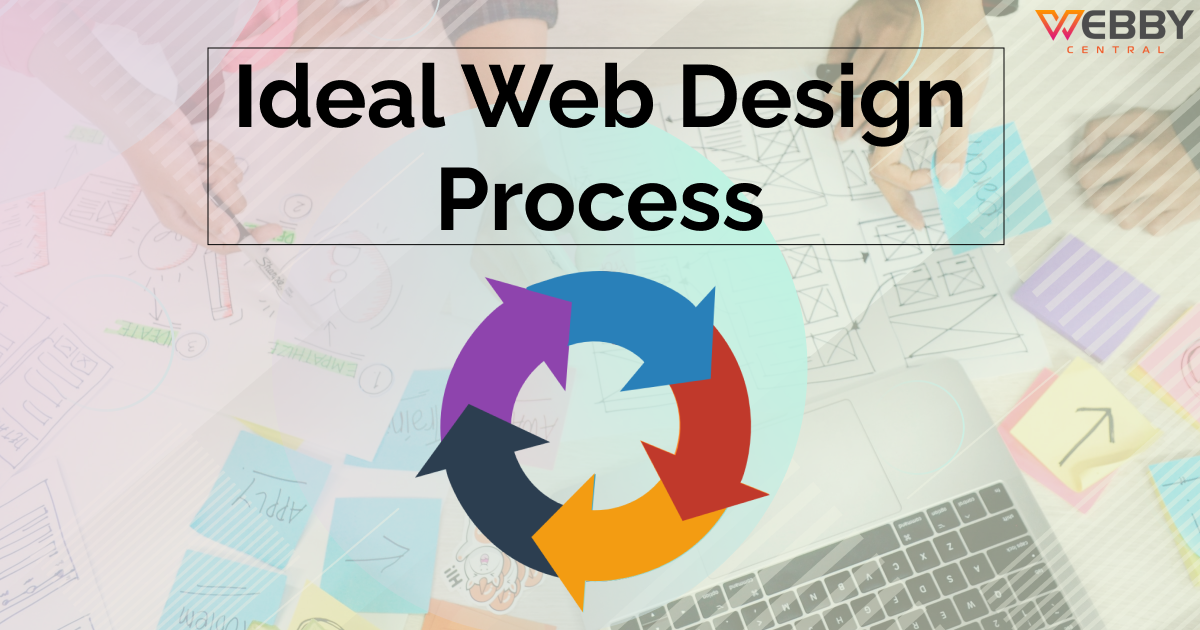


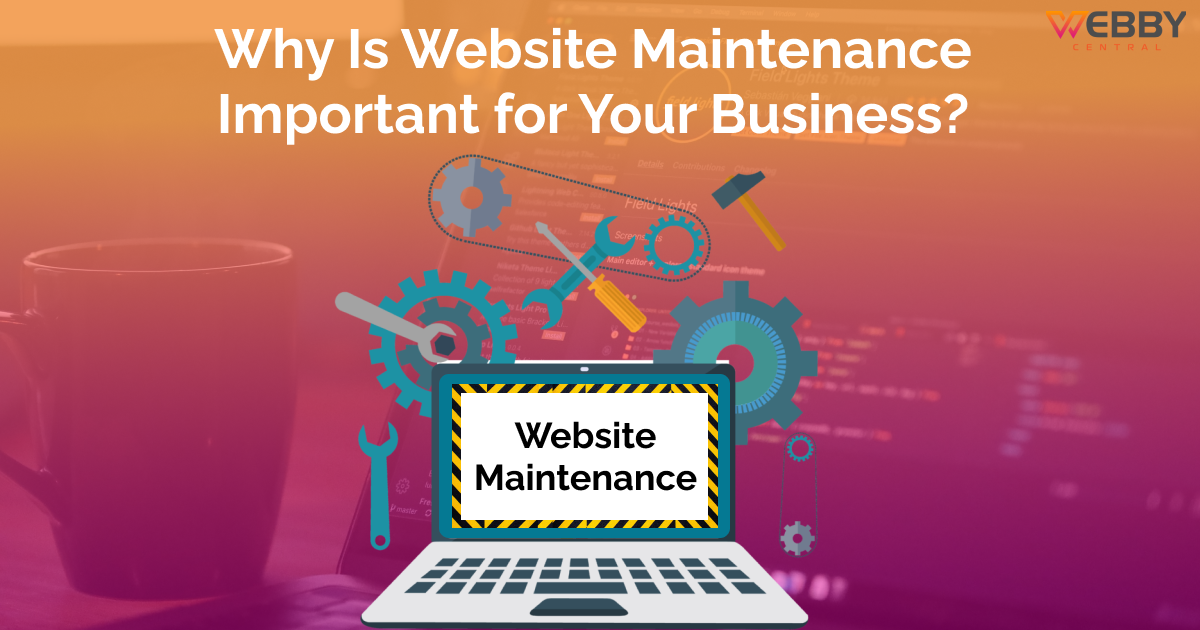

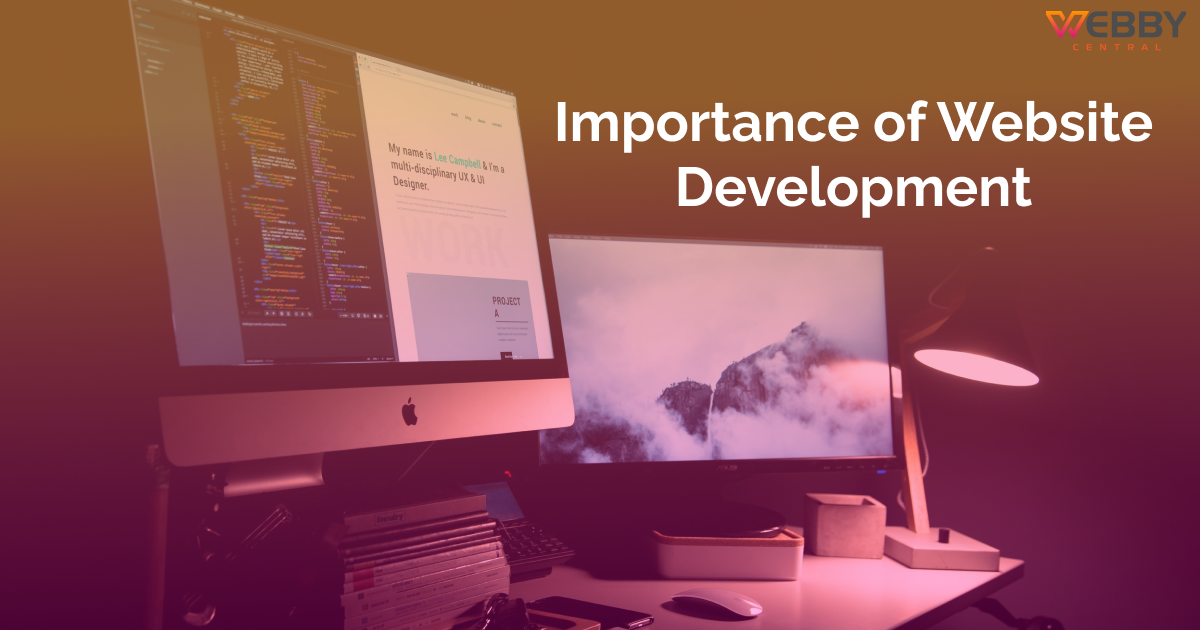
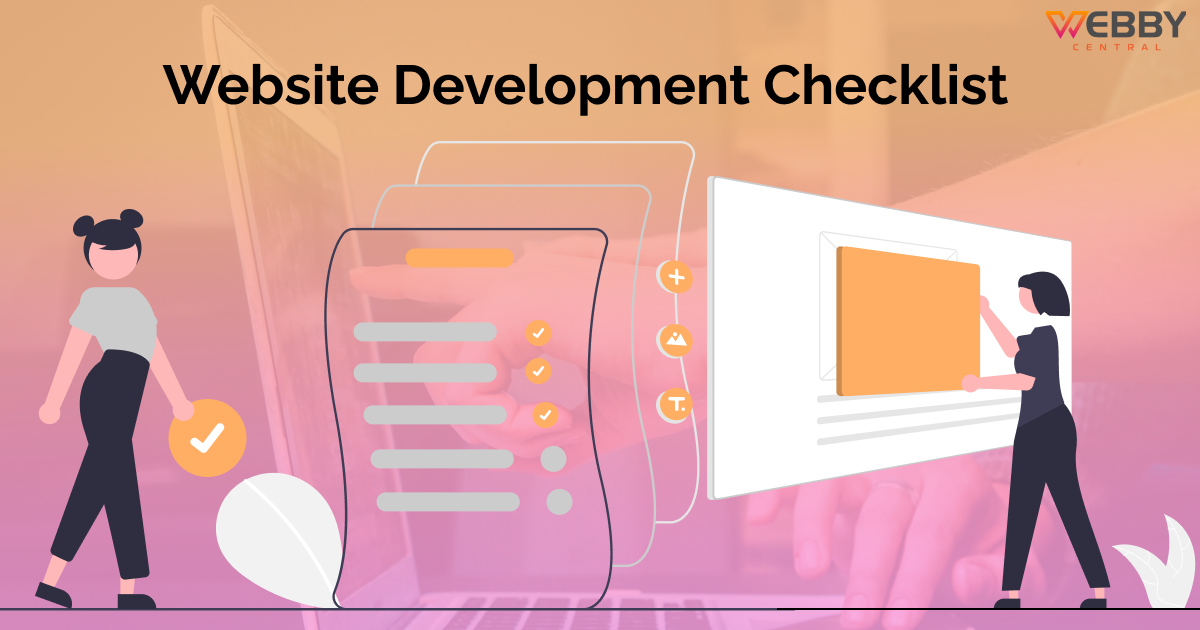
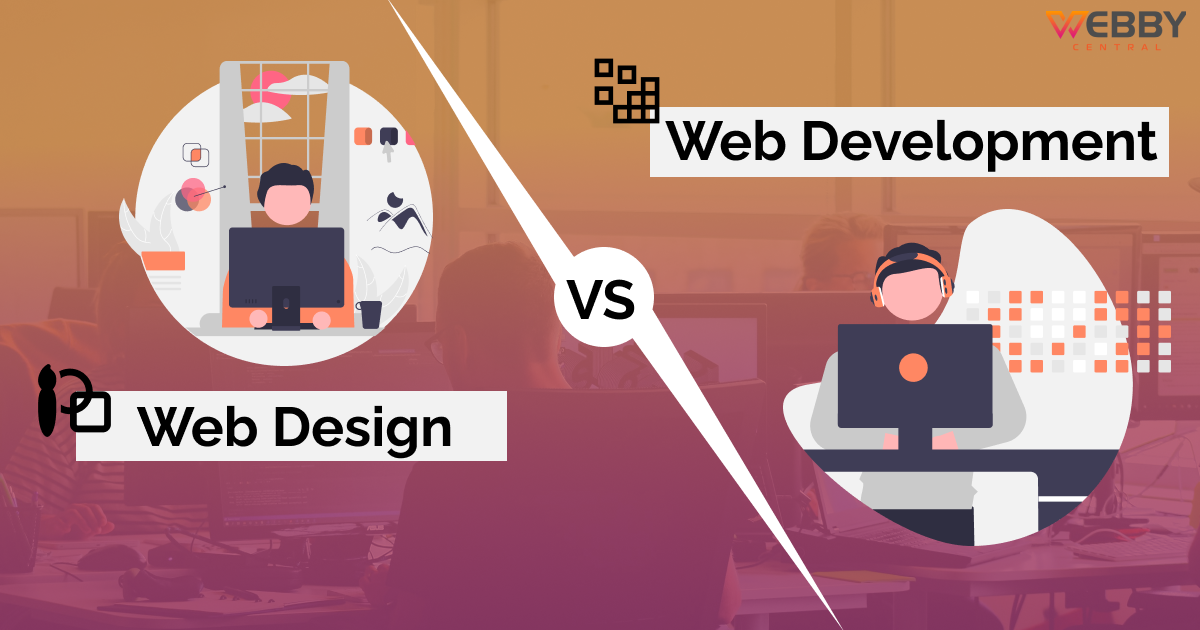

Write A Review